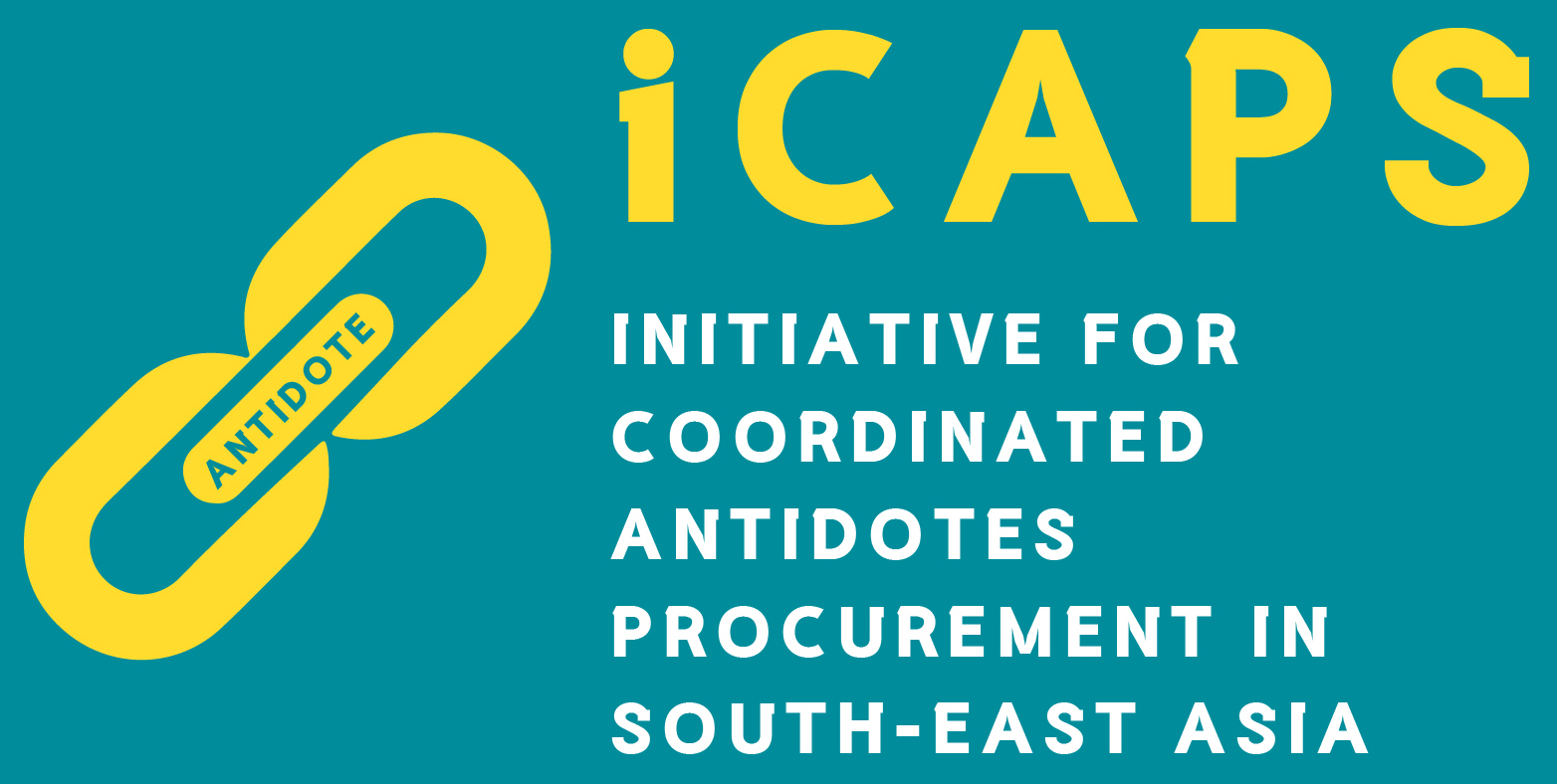|
|
|
|---|
Uses
- lead poisoning
Contraindications
- drug hypersensitivity, anuria, hepatitis, active renal disease
Precautions
- renal impairment, infused over 24 hours, rapid IV infusions in patients with lead encephalopathy may increase intracranial pressure and cerebral edema.
Pregnancy category: B
Dilution and administration
- IM or IV infusion over 8 - 12 hours diluted in normal saline or 5% dextrose
Dose
Lead poisoning:
- Mild toxicity or blood lead level (BLL) 45 - 69 mcg/dL (child): CHILD, 1000 mg/m2/day IV infusion over 8 - 12 hours or 2 - 4 divided doses daily, for 5 days.
- Moderate toxicity or BLL over 100 mcg/dL (adult), over 69 mcg/dL (child): ADULT, 1500 mg/m2/day or 30-50 mg/kg IV infusion over 8 to 12 hours or 2 - 4 divided doses daily for 5 days; CHILD, 1000 - 1500 mg/m2/day or 25 - 50 mg/kg/day IV infusion over 8 - 12 hours or 2 - 4 divided doses daily, for 5 days (starting 4 hours after the first dose of dimercaprol).
Lead encephalopathy: (for lead encephalopathy and cerebral edema IM route is preferred, combined therapy with dimercaprol);
- ADULT and CHILD, 1500 mg/m2/day or 50 - 75 mg/kg/day continuous infusion over 8 - 12 hours or IV/IM 2 - 4 divided dose, starting 4 hours after the first dose of dimercaprol, for 5 days, repeated if necessary after interval at least 48 hours, and followed by an additional 5-day course if indicated.
Lead nephropathy:
- ADULT; 500 mg/m2 every 24 hours for 5 days for serum creatinine 2 - 3 mg/dL
- 500 mg/m2 every 48 hours for 5 days for serum creatinine 3 - 4 mg/dL
- 500 mg/m2 once weekly for serum creatinine over 4 mg/dL
Adverse effects
- renal tubular necrosis; nausea, diarrhoea, abdominal cramps; pain at injection site, thrombophlebitis (if given too rapidly or as too concentrated a solution), fever, malaise, headache, myalgia, thirst, chills, histamine-like responses (sneezing, nasal congestion, lacrimation) and transient hypotension.
Reference:
- Edetate Calcium Disodium. In: IBM Micromedex® DRUGDEX® (electronic version). IBM Watson Health, Greenwood Village, Colorado, USA. Available at: https://www.micromedexsolutions.com/ (cited: Dec/1/2021).
- Kosnett MJ. EDTA, Calcium (Calcium Disodium EDTA, Calcium Disodium Edetate, Calcium Disodium Versenate). In: Olson KR, Anderson IB, Benowitz NL, Blanc PD, Clark RF, Kearney TE, et al., editors. Poisoning & Drug Overdose. 7th ed. New York: McGraw-Hill Education; 2018. p. 548 - 550.
- Howland MA. Edetate Calcium Disodium (CaNa2EDTA). In: Lewis S. Nelson, Howland MA, Lewin NA, Smith SW, Goldfrank LR, Hoffman RS, editors. Goldfrank’s Toxicologic Emergencies. 11th ed. New York: McGraw-Hill Education; 2019. p. 1315-8.
- World Health Organization. WHO guideline for clinical management of exposure to lead [Internet]. Geneva: World Health Organization; 2021. Available from: https://www.who.int/publications/i/item/9789240036888.

